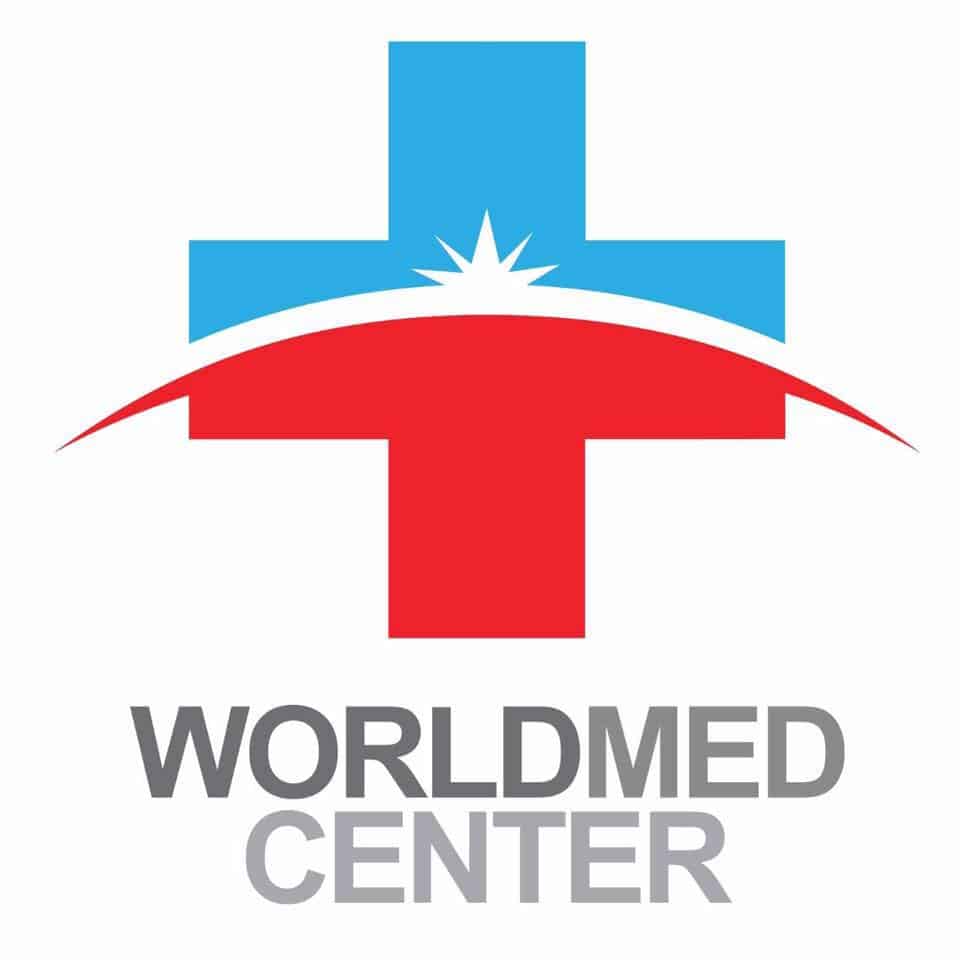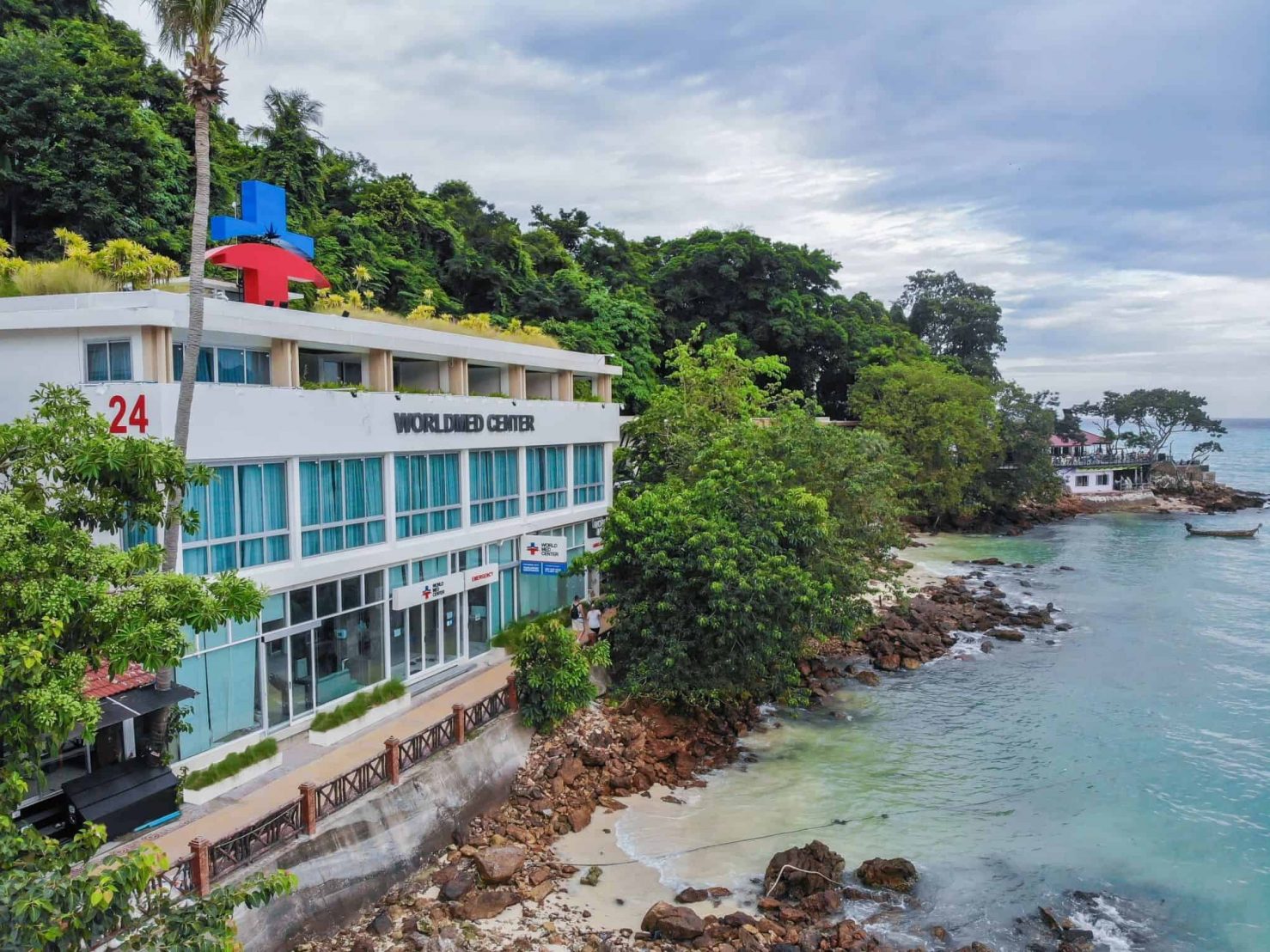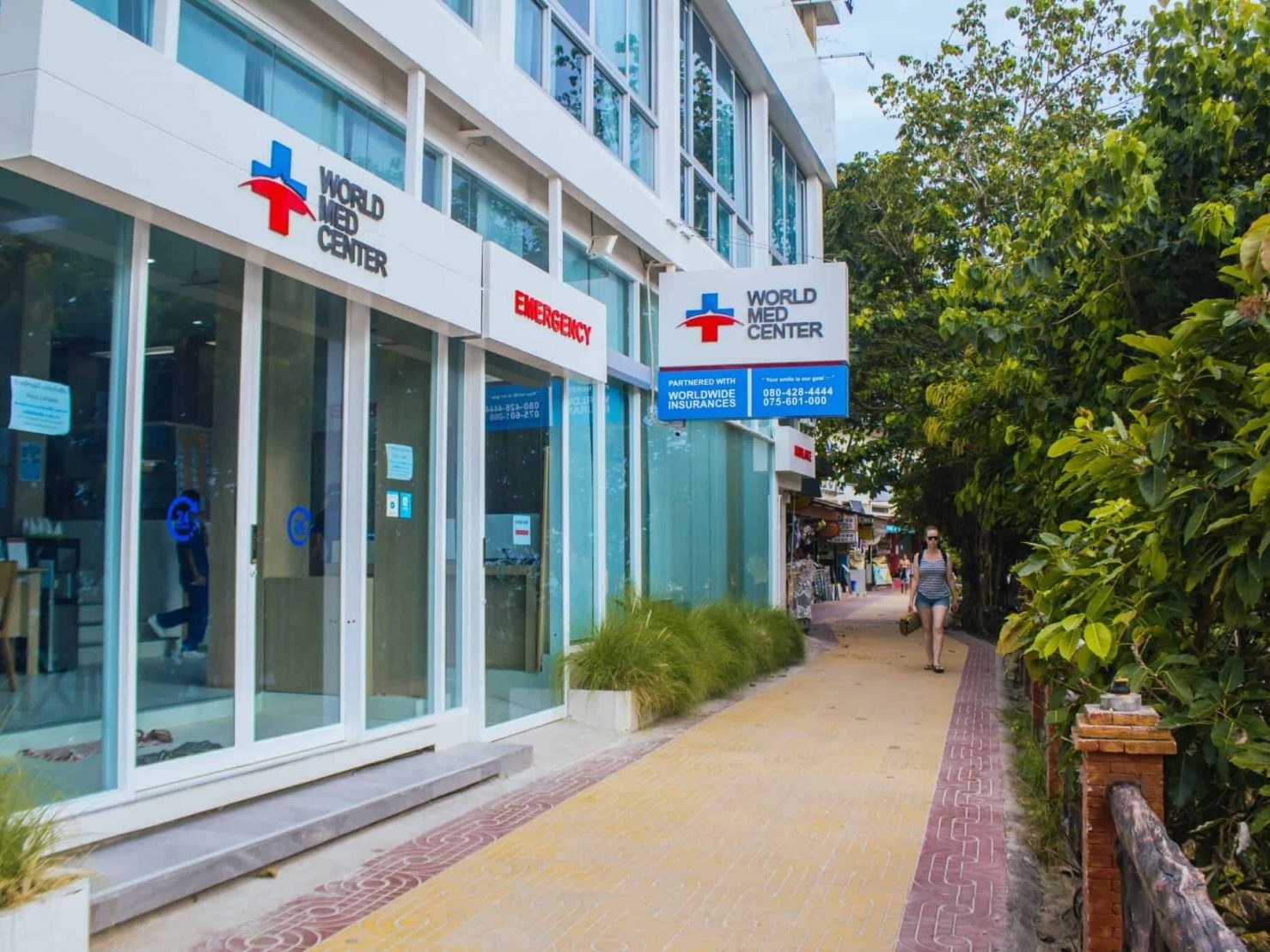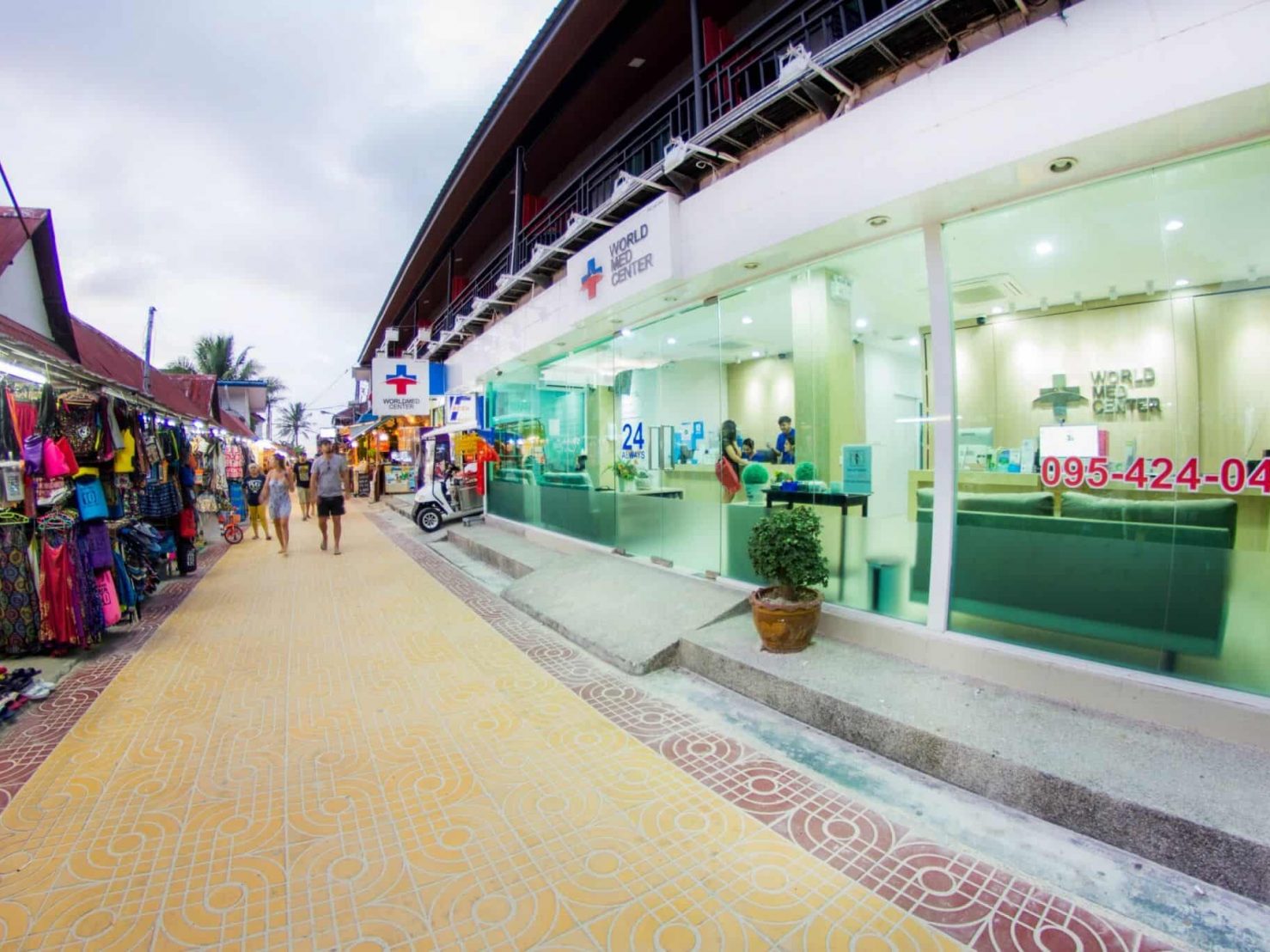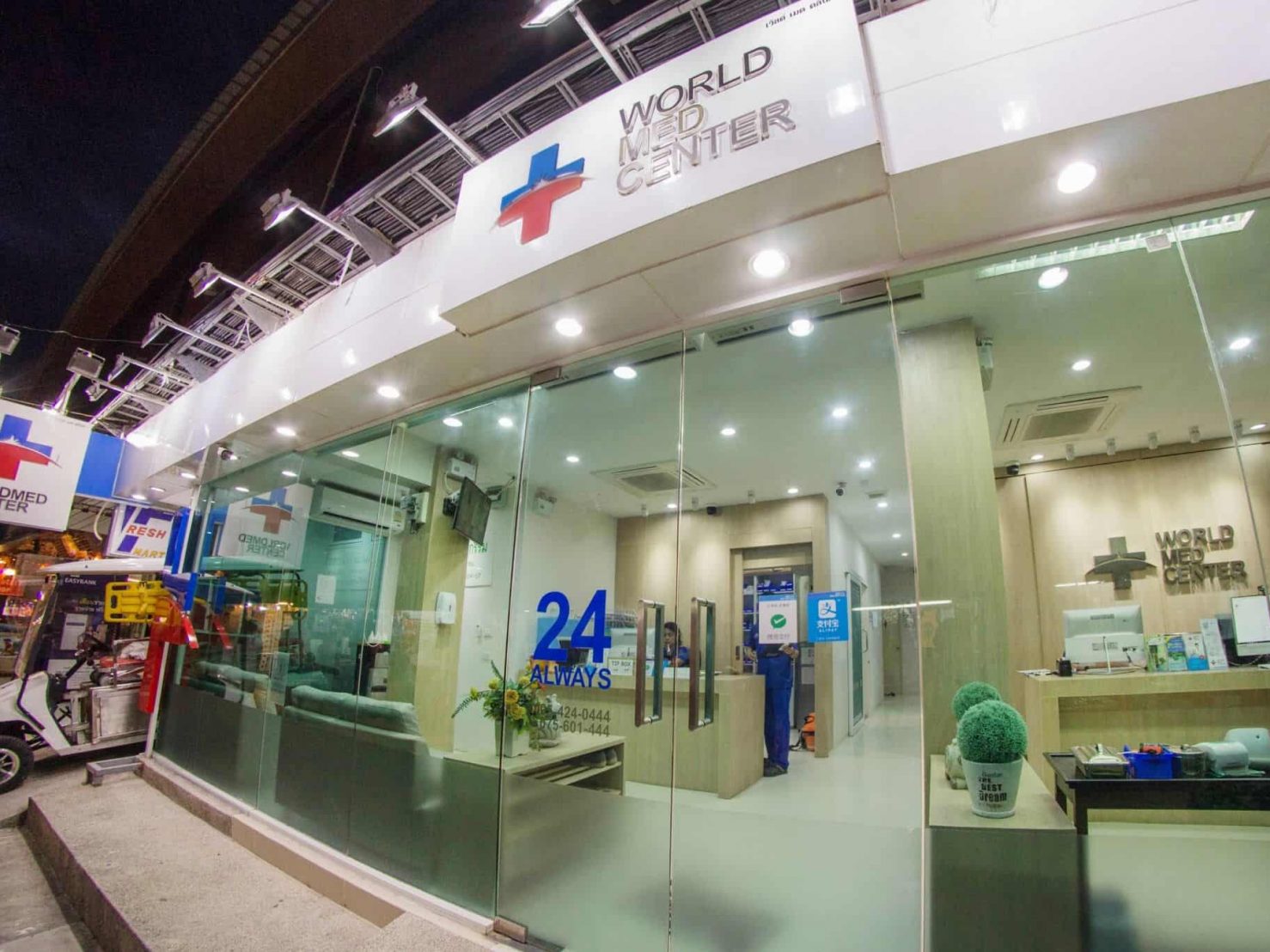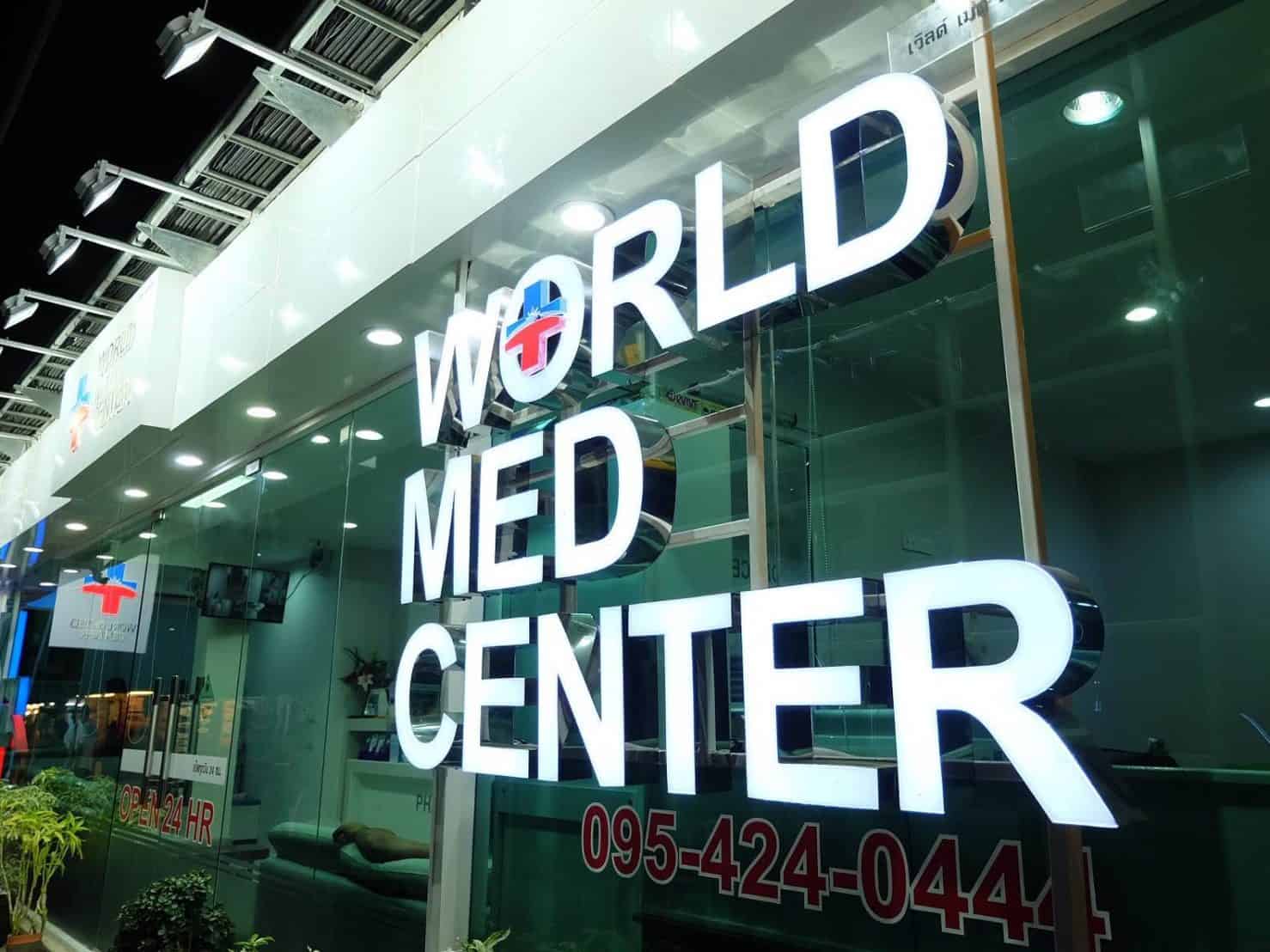- 125/131-133 M, Tambon Ao Nang, Amphoe Mueang Krabi, Chang Wat Krabi 81000, Thailand
- +66 80 428 4444
- +66 75 601 000
- info@worldmedcenter.com
- 229/1-2 M.7 Phi Phi Islands Tambon Ao Nang, Amphoe Mueang Krabi, Chang Wat Krabi 81000, Thailand
- +66 95 424 0444
- +66 75 601 444
- info@worldmedcenter.com
